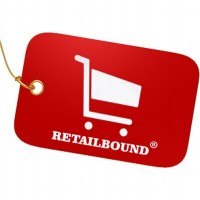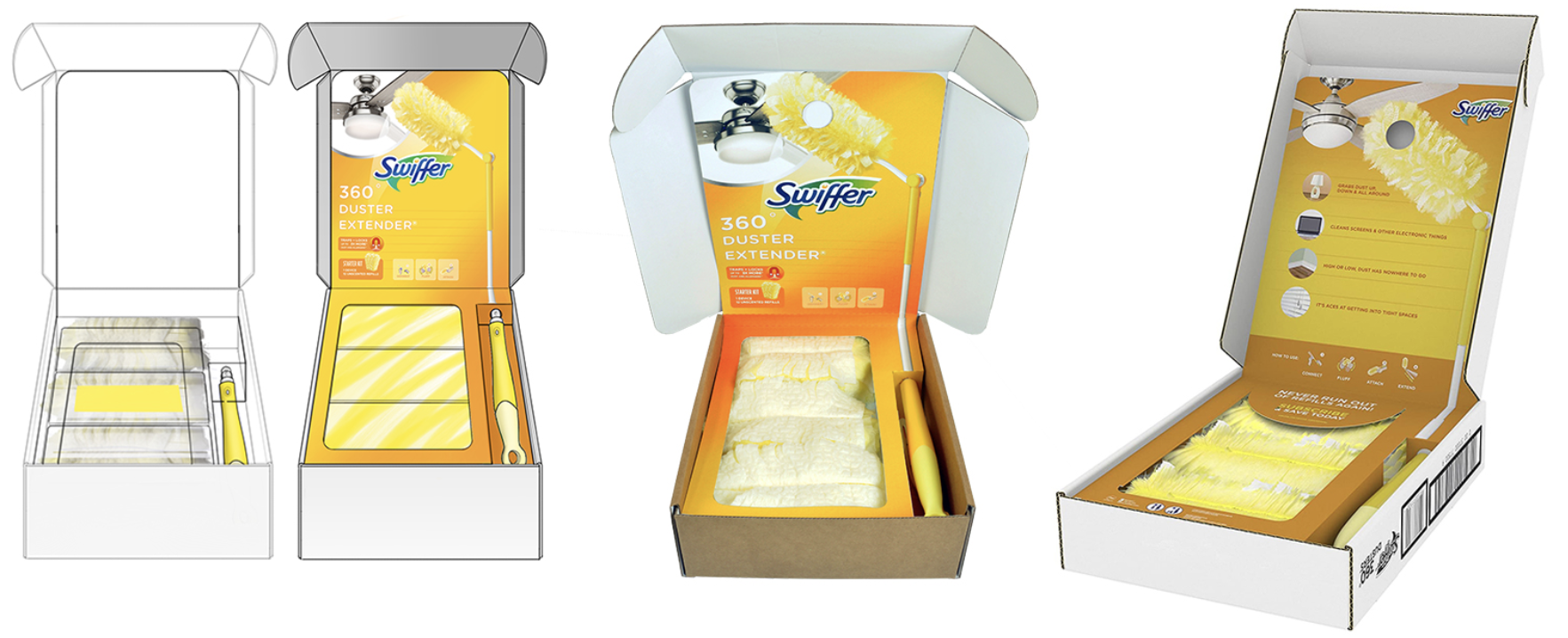This post was inspired after watching a video from the hardware VC company Bolt titled “Why Investing in Hardware is Hot Again“.
As I was watching the video, an interesting point came up that resonated with my own work helping hardware companies grow and scale in retail. The point was that many hardware startups consist primarily of product engineers, designers, developers, and other tech savvy roles; however, more often than not there’s a gap on the business/marketing side of things.
While this little fact may not seem significant or breathtaking, it has some underlying consequences when startups start taking steps to grow the business. Some of these points were covered in the video linked above, but I also wanted to chip in my 2 cents from a retail perspective.
Investors Invest in People Not Products
Often times, hardware companies will need additional funds to simply take that step into retail because most of the initial funds have been spent on R&D or the crowdfund stage & delivery. A lot of CEO’s and VP’s of marketing tell me that they’re in a Catch-22 where they need sales in order to have funds for inventory.
Although crowdfunding has made it easier to show market validation for potential investors, taking the step from Kickstarter/Indiegogo to retail is a considerable one – not only from a financial standpoint but from an experience one too. Besides just retail experience there’s considerably more work to handle once sales do increase.
There’s a lot of free, accessible resources online these days to help you understand best practices or tips for retail (like this article); however, at the end of  the day your business’s needs are specific and will require a more in-depth approach. Things like pricing structure, sales channel strategy, sales training & recruitment, marketing strategy, and the list goes on. These topics need to be addressed BEFORE you start putting in a ton of time and money going after retail or later stage investing.
the day your business’s needs are specific and will require a more in-depth approach. Things like pricing structure, sales channel strategy, sales training & recruitment, marketing strategy, and the list goes on. These topics need to be addressed BEFORE you start putting in a ton of time and money going after retail or later stage investing.
One particular issue that many hardware startups don’t consider is the life-cycle of their products. You will inevitably see a rise and fall in the market demand for your product. Marketing can help increase the height and length of this demand curve but inevitably there will be bigger and better products that come about. Whether your product sales outlook looks strong for 6 months or 3 years… investors want to know and be convinced you know what you’re talking about.
Strategy for Long-Term Growth
Speaking of the life-cycle of your product… let’s talk about your growth strategy.
Investors are looking at the margins, they’re looking to see if your business is  scaleable or if it’s just today’s new fad. Implementing an effective financial plan is essential for growing businesses looking to get investors on board. Increasingly, businesses are opting to use intelligent financial modeling software solutions like Synario to help them find their way through an uncertain future using advanced insight and analytics. The powerful tool is quickly becoming a favorite amongst some of the top businesses and organizations around. Just like retailers, investors like hearing that you’re continually developing new products, accessories for your product, or promoting recurring revenue of some sort (i.e. add-ons, software subscriptions, etc).
scaleable or if it’s just today’s new fad. Implementing an effective financial plan is essential for growing businesses looking to get investors on board. Increasingly, businesses are opting to use intelligent financial modeling software solutions like Synario to help them find their way through an uncertain future using advanced insight and analytics. The powerful tool is quickly becoming a favorite amongst some of the top businesses and organizations around. Just like retailers, investors like hearing that you’re continually developing new products, accessories for your product, or promoting recurring revenue of some sort (i.e. add-ons, software subscriptions, etc).
From a retail buyer’s perspective, it takes a lot of work to integrate a new vendor into the store’s system – but integrating future products is relatively simple. This is why retailers (especially large ones) are extremely hesitant to take on a new one or two sku vendor.
There’s another factor that goes into long-term growth in retail besides just the business model you’re pursuing for your products. It deals with your ability to maintain and grow existing retail relationships by making your buyer’s job easier.
This involves a couple of key points:
- How will you help your buyers bring in traffic & sales into their physical stores or website?
- Will you follow-up on promises, communicate quickly, and consistently help manage your accounts?
In the grand scheme of things, simply getting into retail stores (or online) is only half the battle. Sure it’s difficult, but the other half is promoting sell-through to ensure that the retailer is succeeding as well. There needs to be a give and take relationship if you’re looking to be scaling growth for 5, 10, 15 years as opposed simply being here one-day and gone the next.
Filling the Business Gap
Blah blah blah – all of this advice is fine, but I don’t have time for this bullsh*t. I have a business to run, products to develop, and people to manage.
All right, well then you need to decide how to find someone who does have time that fits what your requirements. Are you looking for a commission salesperson, an online marketing pro, a former large-chain retail buyer? What is your team good at, and what areas of growth are they lacking in?
Sometimes having an experienced professional as an “adviser” included onto your investor presentation deck can go a long way in reassuring your ability to grow the company.
Finding the right person or company to help handle the retail or business-side can be tricky. Costs are likely a factor but none of that matters if they can’t produce. Referrals are probably the best place to start, so start asking around and see who has been a significant asset for other companies who were in your situation. But again, make sure you know exactly what/who you’re looking for before you start searching.
You can find more information at Stocktrades if you’re looking to become an investor and help start up companies. Stocktrades offer you amazing amounts of advice and access to stock reports in the time you need.
Want to learn more how Retailbound can help you be more successful in retail? Contact Benjamin Ertl today at bertl@retailbound.com for more information.



